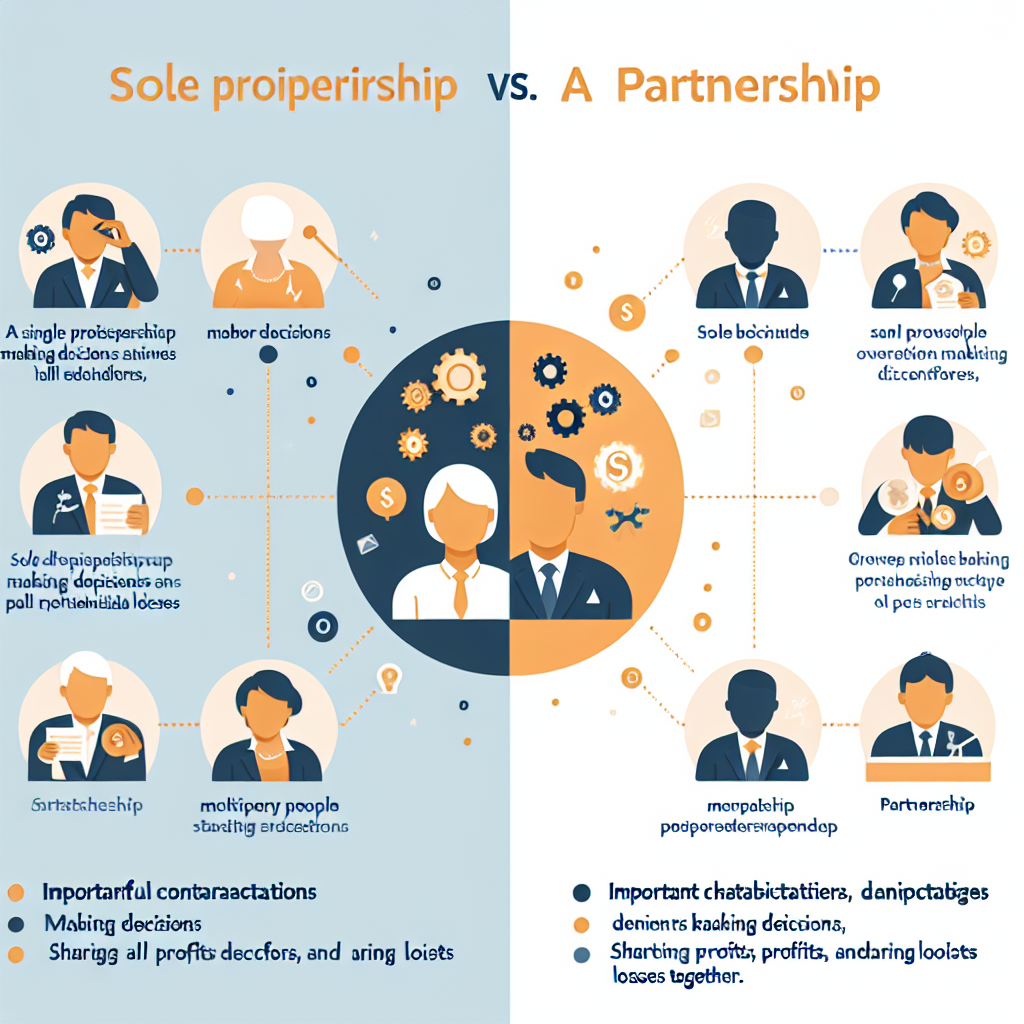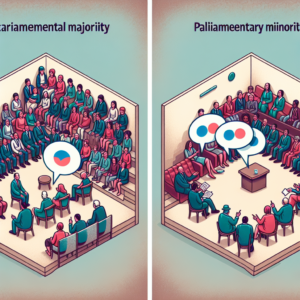In the world of business, there are several ways one can structure an organization. Two popular models are the Sole Proprietorship and Partnership. These two models often confuse aspiring entrepreneurs due to their seeming similarities, hence the need for clarity. So, what is the difference between a Sole Proprietorship and a Partnership? This article aims to demystify these two models by comparing their key features and highlighting their differences.
Understanding the Basics: Sole Proprietorship
A Sole Proprietorship, as the name implies, is a business owned and run by a single individual. This type of business structure is the simplest and most straightforward to set up. Many freelancers, consultants, and small business owners prefer this model mainly because of its simplicity. The owner (sole proprietor) has total control over the business, can make all decisions unilaterally, and enjoy all the profits his or her business makes.
However, this total control also means that the sole proprietor is personally liable for all the business debts and liabilities. In other words, if the business runs into financial trouble, the owner’s personal assets can be used to settle the debts. This is because, in a sole proprietorship, there is no legal distinction between the owner and the business.
Furthermore, a sole proprietorship typically ends with the death of its owner unless specific legal provisions are made for its continuity. This type of business structure does not have a separate legal identity, making it difficult to transfer or continue in the event of the owner’s demise.
Distinguishing the Differences: Partnership Model
Contrary to a Sole Proprietorship, a Partnership involves two or more individuals pooling their resources to run a business. Each partner contributes to the business in terms of finance, property, or skill sets. The profits and losses are divided among the partners as per their agreed-upon ratio, which is usually documented in a partnership agreement.
One of the main differences between a partnership and a sole proprietorship is the liability. In a partnership, the liability is shared among the partners. Although this does not eliminate personal liability, it does reduce the burden as it is spread across multiple people. Furthermore, because each partner shares in the profits and decisions, there is less autonomy than in a sole proprietorship.
Another key difference is the continuity of the business. A partnership does not necessarily end with the death or withdrawal of a partner. Instead, it continues with the remaining partners unless the partnership agreement states otherwise. This makes a partnership more durable than a sole proprietorship.
Summary
In conclusion, the question of “what is the difference between a Sole Proprietorship and a Partnership” is answered by looking at the number of owners, liability, autonomy, and continuity of the business. While a sole proprietorship offers simplicity and complete control, a partnership offers shared liability and potentially increased resources. The choice between the two ultimately depends on an entrepreneur’s personal preference, resources, and long-term business goals. It’s always advisable to consider these differences carefully and consult with a legal or business professional before making a decision.












